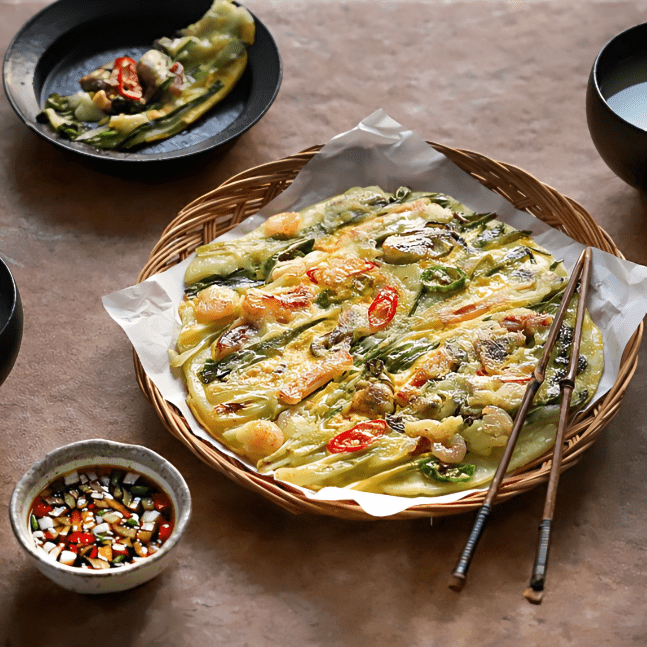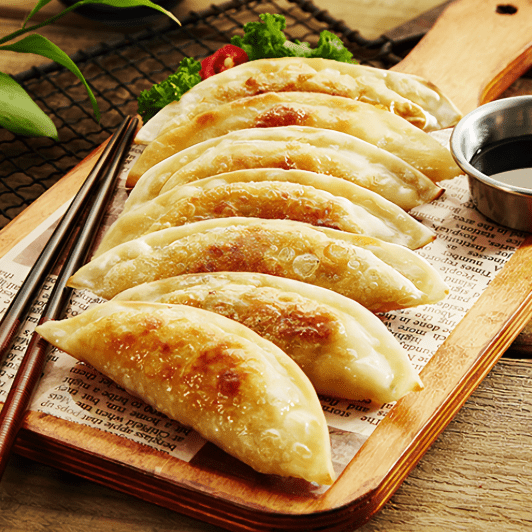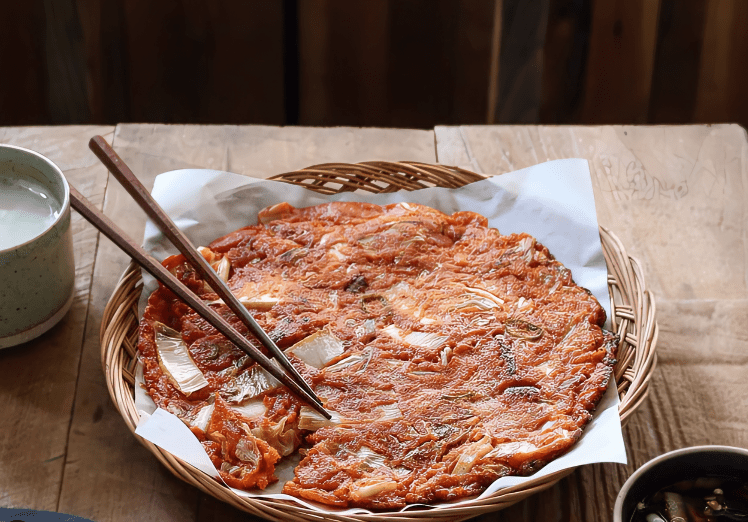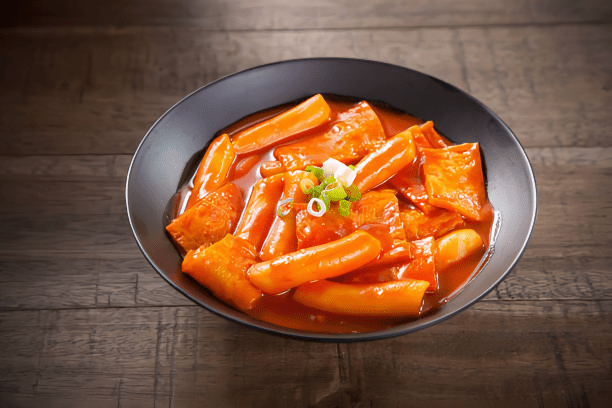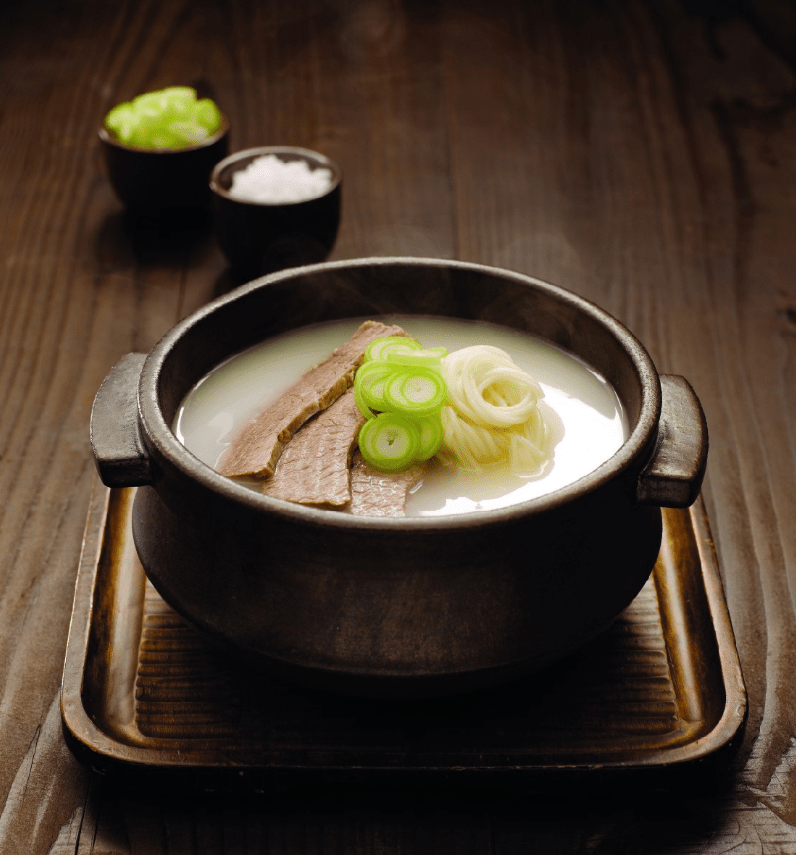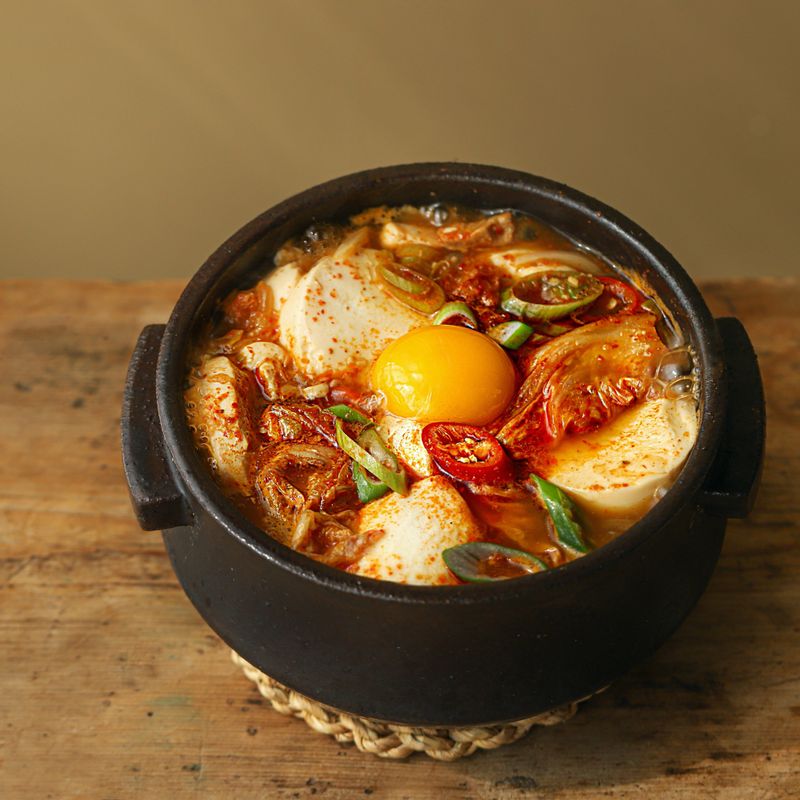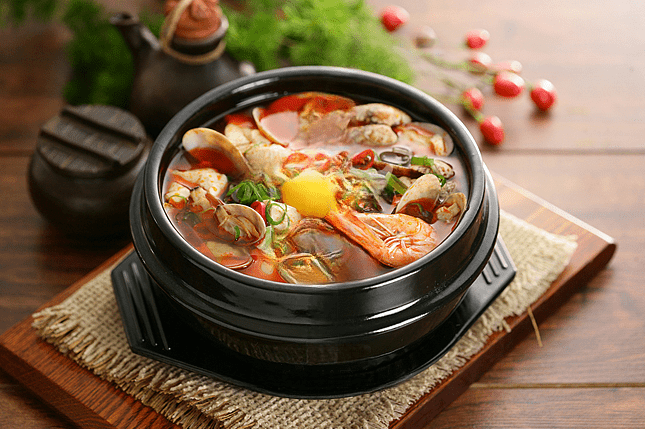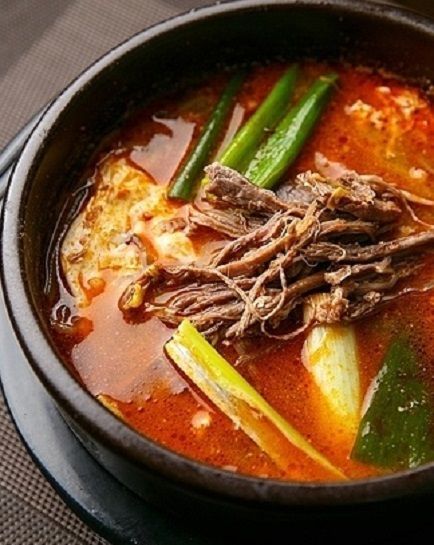해물파전 Haemul Pa Jeon
해물파전
해물파전, also known as haemul pajeon, is a traditional Korean dish that holds a prominent position in the country's culinary heritage. Haemul refers to seafood, and pajeon translates to green onion pancake, thus combining the two to create a delicious and savory seafood pancake. This dish has been enjoyed for centuries in Korea and holds a special place in its culture.
The main ingredients in 해물파전 include a variety of seafood such as shrimp, squid, clams, and sometimes even octopus. These seafood treasures are combined with a batter made from flour, rice flour, eggs, and water, creating a light and crispy texture when cooked. Along with the seafood, sliced green onions, peppers, and other vegetables are often added to enhance the flavor and add a touch of freshness to the dish.
Preparing 해물파전 involves several steps. First, the seafood is thoroughly cleaned and cut into bite-sized pieces. The batter is then made by combining the flours, eggs, and water, creating a smooth mixture. The seafood and vegetables are gently folded into the batter, ensuring they are evenly distributed throughout.
To cook 해물파전, a large frying pan is generally used. Oil is heated until it is hot, and then the batter mixture is poured onto the pan, creating a round shape. The pancake is cooked until it becomes golden brown and crispy on the edges, while the inside remains soft and filled with delicious seafood and vegetables.
해물파전 is often accompanied by a dipping sauce called makjeot, which adds a tangy and slightly spicy flavor to the pancake. Makjeot is made from soy sauce, vinegar, sesame oil, minced garlic, and sometimes chili flakes or green chili peppers. This sauce complements the richness of the seafood and adds an extra layer of taste.
This dish is not only delicious but also holds cultural significance in Korea. It is commonly enjoyed during festive occasions, family gatherings, or as a popular street food. 해물파전 brings people together, as it is often shared and enjoyed as a group. The act of cooking and eating 해물파전 creates a warm and communal atmosphere, fostering connections and a sense of togetherness.
Overall, 해물파전 is a delightful and flavorful dish that showcases the abundance of seafood found in Korean cuisine. Its crispy texture, combination of flavors, and communal nature make it a beloved favorite among Koreans and an exciting dish for food enthusiasts around the world. Whether enjoyed as a main course or shared appetizer, 해물파전 is sure to satisfy the palate and leave a lasting impression.
